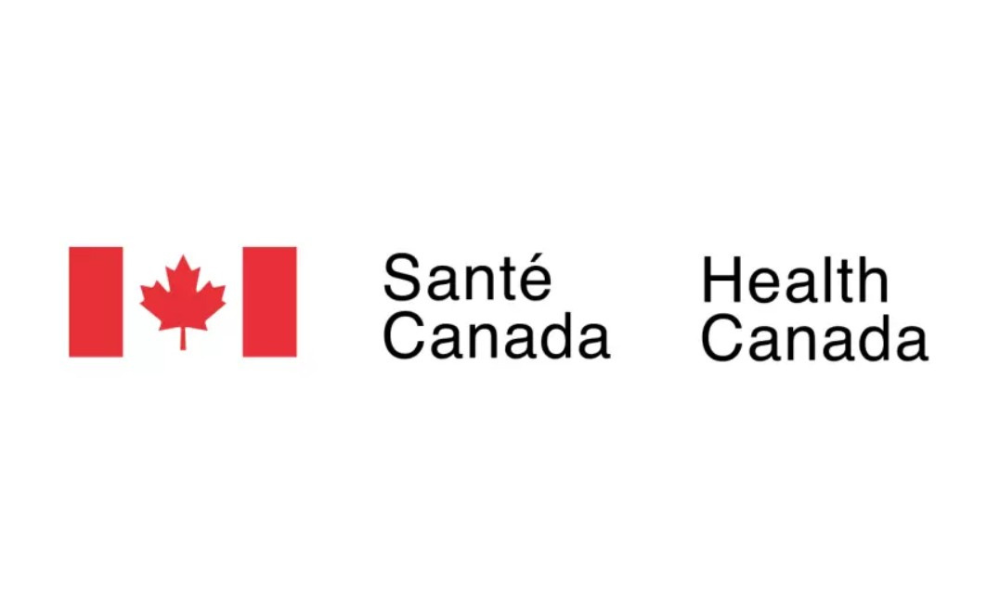Canadian provinces and the federal government mandate workplaces conduct formal hazard assessments, but they do not explain what the specific hazards could be. In my experience, it is not uncommon for health hazards to be missing, underreported or underestimated in these assessments.
Why is this so? There are a number of possible reasons for this:
First of all, smaller operations may not have a dedicated safety professional on site. Larger operations that have a safety professional may not have an occupational hygienist. Many smaller operations do not see benefits versus the cost of hiring an occupational hygiene consultant.
Secondly, employers may not recognize health hazards. They don’t even realize that they are harming their workers. After all, when someone falls off a ladder, the effects are immediately visible. But, when someone suffers lung damage from nitrogen dioxide overexposure or hearing loss from excessive noise, the effects may not be recognizable to the employer.
I have been to workplaces where workers say that the noise is not loud enough to warrant hearing protection, or they are used to the noise. They are trying to assess the noise hazard by listening to it. The problem is that some of these workers may already have hearing loss. Listening to the noise is not a substitute for actual noise measurement.
In the case of air contaminants, workers may be overexposed above the legal limit. Employers seem shocked when these results are reported. One example is welding fume. Occupational hygienists know that with welding fume contaminants, workers can easily be overexposed above the legal limit.
Yet another reason for the underreporting is that employers may not see the need for a formal assessment because their solution is to give workers personal protective equipment (PPE). They may believe that PPE is the only solution. Unfortunately, without a formal assessment, the type of PPE may not fit the hazard and may not protect the worker. One common myth is that hearing protection will protect workers if it is given and used. This is not the case. Noise levels may be too high for hearing protection to be effective. Engineering controls may be necessary. Modifying or enclosing the equipment may help. An alternative control is to lessen the exposure time.
One way to include health hazards in hazard assessments is to be aware of possible health hazards:
•Chemical hazards: Industrial air contaminants, such as solvent vapours (benzene, toluene), carbon monoxide and nitrogen oxides; welding contaminants, such as manganese and hexavalent chromium; and particulates such as asbestos, wood dust and silica. There are also indoor air quality contaminants in offices and public buildings such as volatile organics (off-gassing from paints and plastics), formaldehye from pressed wood, and ozone from office machines. Workers may breathe in these chemicals. Some chemicals, such as benzene, may also be absorbed through the skin.
•Physical hazards: Noise, non-ionizing radiation (radiofrequency fields and microwaves) and ionizing radiation (X-rays and gamma rays from chemical isotopes).
•Heat and cold hazards: The risk of heat stress depends on many factors: whether the worker is already acclimatized, the air temperature, the humidity, the level of physical activity, and the type of clothing worn. In the case of cold, signs of exposure occur when the core body temperature drops below 36 C (normal temperature is 37 C). Shivering occurs at this stage .
•Biological hazards: Mould (fungi) related to water damage in building materials, micro-organisms in sewage, infectious organisms in a hospital environment or veterinary facility and allergens in mouldy hay and animal sources.
•Ergonomic hazards: Material handling stresses, lifting heavy loads, repetitive motion injuries or poor workstation design.
Employers need to make a special effort to consider health hazards when conducting a formal hazard assessment. They should consider the specialized health knowledge that occupational hygienists possess as well as review possible health hazards in order to recognize them more easily in the future.
Ultimately, they must always understand that PPE should be the last resort when recommending controls for health hazards.
Why is this so? There are a number of possible reasons for this:
First of all, smaller operations may not have a dedicated safety professional on site. Larger operations that have a safety professional may not have an occupational hygienist. Many smaller operations do not see benefits versus the cost of hiring an occupational hygiene consultant.
Secondly, employers may not recognize health hazards. They don’t even realize that they are harming their workers. After all, when someone falls off a ladder, the effects are immediately visible. But, when someone suffers lung damage from nitrogen dioxide overexposure or hearing loss from excessive noise, the effects may not be recognizable to the employer.
I have been to workplaces where workers say that the noise is not loud enough to warrant hearing protection, or they are used to the noise. They are trying to assess the noise hazard by listening to it. The problem is that some of these workers may already have hearing loss. Listening to the noise is not a substitute for actual noise measurement.
In the case of air contaminants, workers may be overexposed above the legal limit. Employers seem shocked when these results are reported. One example is welding fume. Occupational hygienists know that with welding fume contaminants, workers can easily be overexposed above the legal limit.
Yet another reason for the underreporting is that employers may not see the need for a formal assessment because their solution is to give workers personal protective equipment (PPE). They may believe that PPE is the only solution. Unfortunately, without a formal assessment, the type of PPE may not fit the hazard and may not protect the worker. One common myth is that hearing protection will protect workers if it is given and used. This is not the case. Noise levels may be too high for hearing protection to be effective. Engineering controls may be necessary. Modifying or enclosing the equipment may help. An alternative control is to lessen the exposure time.
One way to include health hazards in hazard assessments is to be aware of possible health hazards:
•Chemical hazards: Industrial air contaminants, such as solvent vapours (benzene, toluene), carbon monoxide and nitrogen oxides; welding contaminants, such as manganese and hexavalent chromium; and particulates such as asbestos, wood dust and silica. There are also indoor air quality contaminants in offices and public buildings such as volatile organics (off-gassing from paints and plastics), formaldehye from pressed wood, and ozone from office machines. Workers may breathe in these chemicals. Some chemicals, such as benzene, may also be absorbed through the skin.
•Physical hazards: Noise, non-ionizing radiation (radiofrequency fields and microwaves) and ionizing radiation (X-rays and gamma rays from chemical isotopes).
•Heat and cold hazards: The risk of heat stress depends on many factors: whether the worker is already acclimatized, the air temperature, the humidity, the level of physical activity, and the type of clothing worn. In the case of cold, signs of exposure occur when the core body temperature drops below 36 C (normal temperature is 37 C). Shivering occurs at this stage .
•Biological hazards: Mould (fungi) related to water damage in building materials, micro-organisms in sewage, infectious organisms in a hospital environment or veterinary facility and allergens in mouldy hay and animal sources.
•Ergonomic hazards: Material handling stresses, lifting heavy loads, repetitive motion injuries or poor workstation design.
Employers need to make a special effort to consider health hazards when conducting a formal hazard assessment. They should consider the specialized health knowledge that occupational hygienists possess as well as review possible health hazards in order to recognize them more easily in the future.
Ultimately, they must always understand that PPE should be the last resort when recommending controls for health hazards.





